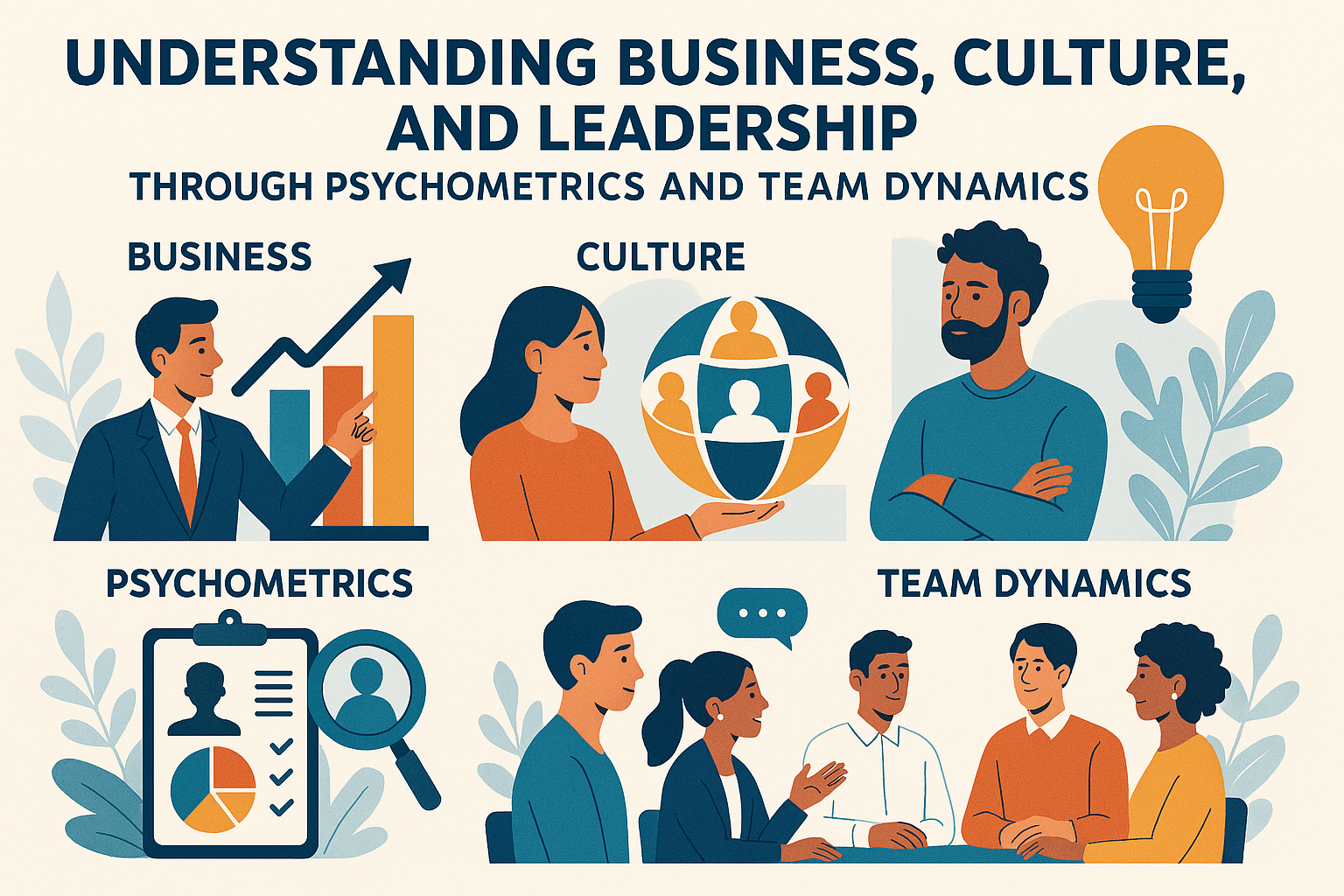Starting a Business: Risk, Anxiety, and Frustration
Many people are attracted to the idea of starting a business, but few actually do it due to the risks and challenges involved. For some, it’s similar to transitioning out of the military. When people leave, I often ask them whether they deal better with frustration or anxiety.
Those who can manage frustration typically do well in larger companies, where bureaucracy and internal politics are more prevalent. On the other hand, those who can handle anxiety might thrive in smaller businesses or even start their own, embracing the uncertainty that comes with it.
Understanding whether you lean toward frustration or anxiety tolerance can help determine the best path—corporate roles or entrepreneurial ventures. There’s no right or wrong here; success is possible in both environments depending on personal alignment.
Using Psychometrics in Business
During my time transitioning into PGI, I had the privilege of working with a senior intelligence officer and a brilliant professor. They introduced me to psychometrics as a tool to assess people. Though psychometrics are not always fully understood, we’ve been using these assessments for over 12 years. It gives us a multi-dimensional view of a business—not just sales and finance but also people, which are the hardest to get right.
People are often the biggest variable in business success. A good plan with the wrong people won’t work. Likewise, great people can’t overcome a fundamentally flawed plan. Success often boils down to 40% timing, 30% people, and 30% planning.
The Hogan Assessment Experience
Having recently completed the Hogan Assessment, I found it freakishly accurate—almost scary. It made me question how well I truly understand myself. The feedback session was enlightening, and even though I consider myself self-aware, it still challenged me.
The Hogan Assessment is based on the Five-Factor Model and has been validated with data from over 12 million participants. What makes it unique is how it assesses “derailing behaviors” — how people behave under pressure, stress, fatigue, or even hunger. These behaviors often emerge in high-stakes business settings and understanding them helps prevent organizational issues.
Bright Side, Dark Side, and Inside of Personality
The assessment focuses on three key personality dimensions:
- Bright Side – How people present their best selves in interviews or under normal conditions.
- Dark Side – Who shows up when you’re under pressure, stressed, or tired.
- Inside – Internal motivations, values, and interests.
Understanding how others perceive your behavior is crucial because it often provides a more accurate picture than self-assessment.
Building Strong Teams with Psychometric Insights
In our consultancy, RSG, we work with business owners and CEOs to align their strategic goals with team capabilities. By using psychometrics, we assess leadership potential, creativity, attention to detail, and other qualities. This helps tailor team development programs.
All the businesses I’ve run have been people-focused. When forming teams, especially in smaller organizations, the chemistry between individuals becomes essential. We often forget how much team culture influences performance. Even adding a single new personality type can bring significant benefits or disruptions.
Culture: The Backbone of Organizational Success
Culture is often misunderstood. Many think it’s just about leadership, but it’s really about the acceptable behaviors within the organization. When people leave training environments like the military, they realize how important adapting to a new culture is—and those cultural norms stick with them.
Changing a company’s culture is difficult unless those cultural behaviors support the desired change. This is true in business and sports. Take rugby, for instance: different coaches and team environments foster vastly different cultures, even with the same players.
South Africa’s Rugby Legacy and Purpose-Driven Success
An example that resonates deeply is South Africa’s win in the 2019 Rugby World Cup. While England’s team focused on winning, South Africa’s players talked about legacy—addressing gender-based violence and helping underprivileged communities.
Their goal went beyond victory. It was about impacting society, and that deeper purpose fueled their unity and performance. History shows time and again that the most successful teams have a reason bigger than the win.
Culture Under Pressure
You truly discover a team’s culture when times get tough. That’s when individuals reveal their true selves. Culture provides cohesion, even if not everyone is a standout performer. When toxic behaviors are accepted, especially in highly competitive environments like investment banking, the downfall often follows.
Sustainable culture comes from shared vision, day-to-day discipline, and consistent behavior. It’s not built in a day—it’s a result of habits and daily reinforcement.
Small Teams, Strong Foundations
In smaller businesses like ours, culture is easier to maintain. Our team may be small, but everyone is fully engaged in the mission. We’ve blended different personalities into one unified culture, rooted in trust, shared values, and open feedback.
Borrowing from the New Zealand rugby concept of “no dickheads,” we’ve built a team where everyone holds each other accountable. That requires honesty, trust, and the courage to receive and give direct feedback.
Trust, Feedback, and Psychological Safety
Trust forms the foundation of high-performing teams. Without it, you can’t give or receive honest feedback. In business, people often remain guarded, and that undermines growth. In strong cultures, direct feedback isn’t just tolerated—it’s expected.
Psychological safety—a now widely used term—is the freedom to speak your mind without fear of reprisal. That creates an environment where incremental improvements become part of the culture.
The Value of Marginal Gains
Look at elite sports like British cycling, where tiny performance improvements (marginal gains) have a huge impact. Those environments require ruthless self-assessment and constant feedback loops. Business can benefit from the same mindset.
It comes down to small, daily behaviors that shape weekly results, and eventually long-term success. There’s no single silver bullet—just disciplined consistency.

